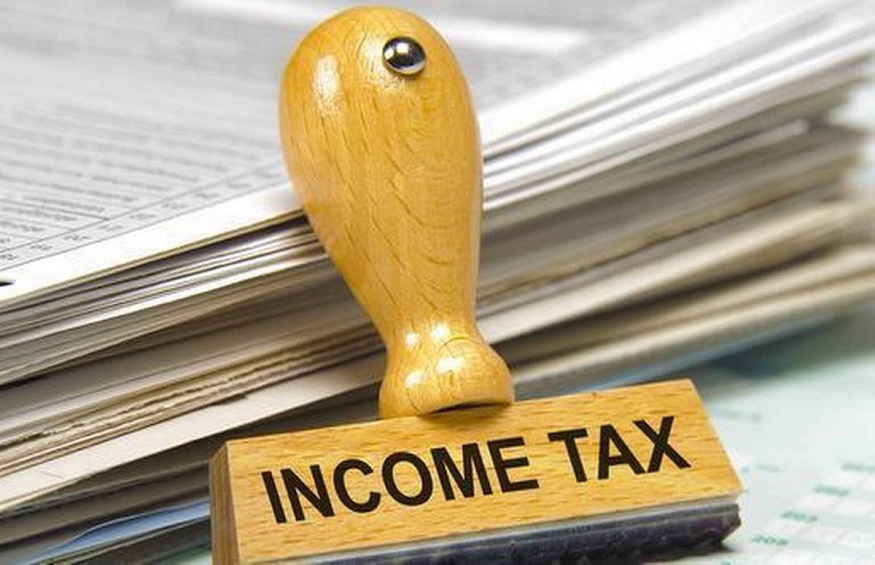
What Is Tax Deducted At Source On Salary & How Does It Work
Tax deduction on salary often confuses people and they fail to understand where a big part of their salary went. It is important to understand the matter of taxes if you wish to manage your finances properly. It lets you find ways of avoiding the same.
Understanding TDS and how it works is not rocket science. It will also help you reduce the deductions, directing the money in your account directly. In this article, we will talk about the TDS deduction on salary.
What is TDS?
Tax Deducted at Source or TDS deduction on salary is the income tax deducted from the money paid while making payments like rent, professional fees, interest, salary, etc. It is a concept of collecting tax directly from the source of income. A deductor will deduct the deductee’s tax at the very source and remit the amount into the Central Government’s account.
The employer is meant to deduct the calculated tax from the employer’s salary before awarding him the remaining amount. It is a mandatory clause and thus understanding its rate becomes crucial. To know more, visit https://www.turtlemint.com/tds-on-salary/.
What is the Rate of TDS on Salary?
There are no fixed rates of TDS deduction on salary according to the current income tax laws. It is completely decided by the income tax slabs under which an employee’s taxable income falls. In order to determine the deductible amount, the employer calculates the employee’s tax liability at the rate of Income Tax. To put it simply, the rate is the calculation of total tax liability divided by an employee’s total income. While calculating, the employer must consider the investments that may lead to a reduction in TDS.
One must keep in mind that while deducting TDS, cess is not considered and it is done at a flat rate. There are, however, certain exceptions like professional income and interest income. Other than these, TDS on any other income is deducted at a flat rate. TDS deduction on salary takes place before the employee receives his net salary.
How does TDS work?
The employer, while making a payment, deducts the amount subject to TDS and pays the remaining balance to the employee. The latter also receives a certificate from the deductor. This certificate states the TDS amount and its details. This amount is a part of the tax that the employee pays for a financial year.
The deductor is bound to deposit the amount deducted as TDS, to the government. After the amount is deposited, it reflects in Form 26AS of the deductee. This information is linked to the IT files.
How to Avoid TDS?
Anyone who is employed under a person, institution or cooperative, receives his salary after the employee deducts the tax at source. But only a few people know about ways to avoid TDS Deduction on salary. Certain investments and schemes can help you get a chunk of your taxes back in your pocket.
In case if your income is above a certain limit as per the tax slabs, these are ways that will help you decrease the TDS deduction on salary:
- Travel Leave Allowance
- House Rent Allowance (HRA)
- Donations to authorized trusts or organizations
- Public Provident Fund (PPF)
- Medical Insurance Premium (for self, spouse, and dependent children)
- Interest on home loan
- National Pension System
You must produce legitimate proof of documents for your payer. Only then the employer can decrease your tax deducted at the source.
People often take TDS deduction on salary for granted and do not attempt to recover a part of it. Today, we all invest in loans, buy property, insurances and avail pension schemes for a better future. But have you thought of utilizing those for the better today? Now that you know all about TDS, we hope that you will make a smart move and bring back some of the taxes.


